COBS News archive
CometWatch 1 May
May 15, 2016
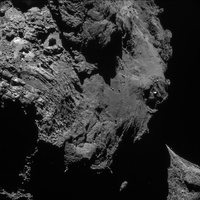
CometWatch 24 April
May 02, 2016
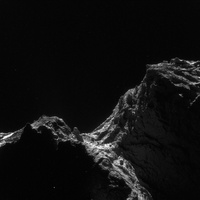
CometWatch 19 April
April 28, 2016
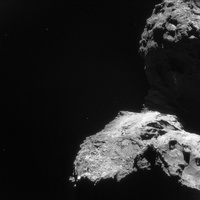
Space science image of the week: Around Anuket
April 28, 2016
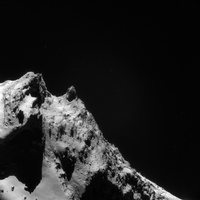
CometWatch 10 April
April 18, 2016
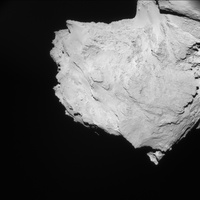
CometWatch 4 April
April 11, 2016

CometWatch 27 March
April 04, 2016

Comet’s dust trail stretches over 10 million km
March 29, 2016
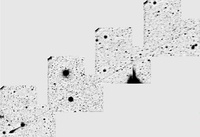
Comet 67P/Churyumov-Geraimenko’s dust trail has been observed to stretch at least 10 million kilometres in the latest images taken by professional astronomers working on the ground-based observing campaign.
The image mosaic shown here is composed of four images taken using the 2.5 m Isaac Newton Telescope on La Palma on the night of 12 March.
CometWatch 19 March
March 29, 2016

CometWatch 15 March
March 29, 2016

New Comet: C/2016 E2 (Kowalski)
March 18, 2016

CometWatch 1 March
March 08, 2016

CometWatch February – Part 2
February 27, 2016

CometWatch February – part 1
February 23, 2016

This month, Rosetta is approaching Comet 67P/Churyumov-Gerasimenko at 40 km or less, returning beautiful views of the nucleus and its surface features. In today's CometWatch image, we see the comet pictured by Rosetta's NAVCAM on 10 February 2016, when the spacecraft was 50.6 km from the comet nucleus.
Rosetta’s lander faces eternal hibernation
February 15, 2016
Silent since its last call to mothership Rosetta seven months ago, the Philae lander is facing conditions on Comet 67P/Churyumov–Gerasimenko from which it is unlikely to recover.
Rosetta, which continues its scientific investigations at the comet until September before its own comet-landing finale, has in recent months been balancing science observations with flying dedicated trajectories optimised to listen out for Philae. But the lander has remained silent since 9 July 2015.
CometWatch – 5 February
February 15, 2016

Inside Rosetta’s comet
February 06, 2016

CometWatch 28 January
February 06, 2016

CometWatch – January Part 2
January 31, 2016

Twin tails
January 31, 2016
